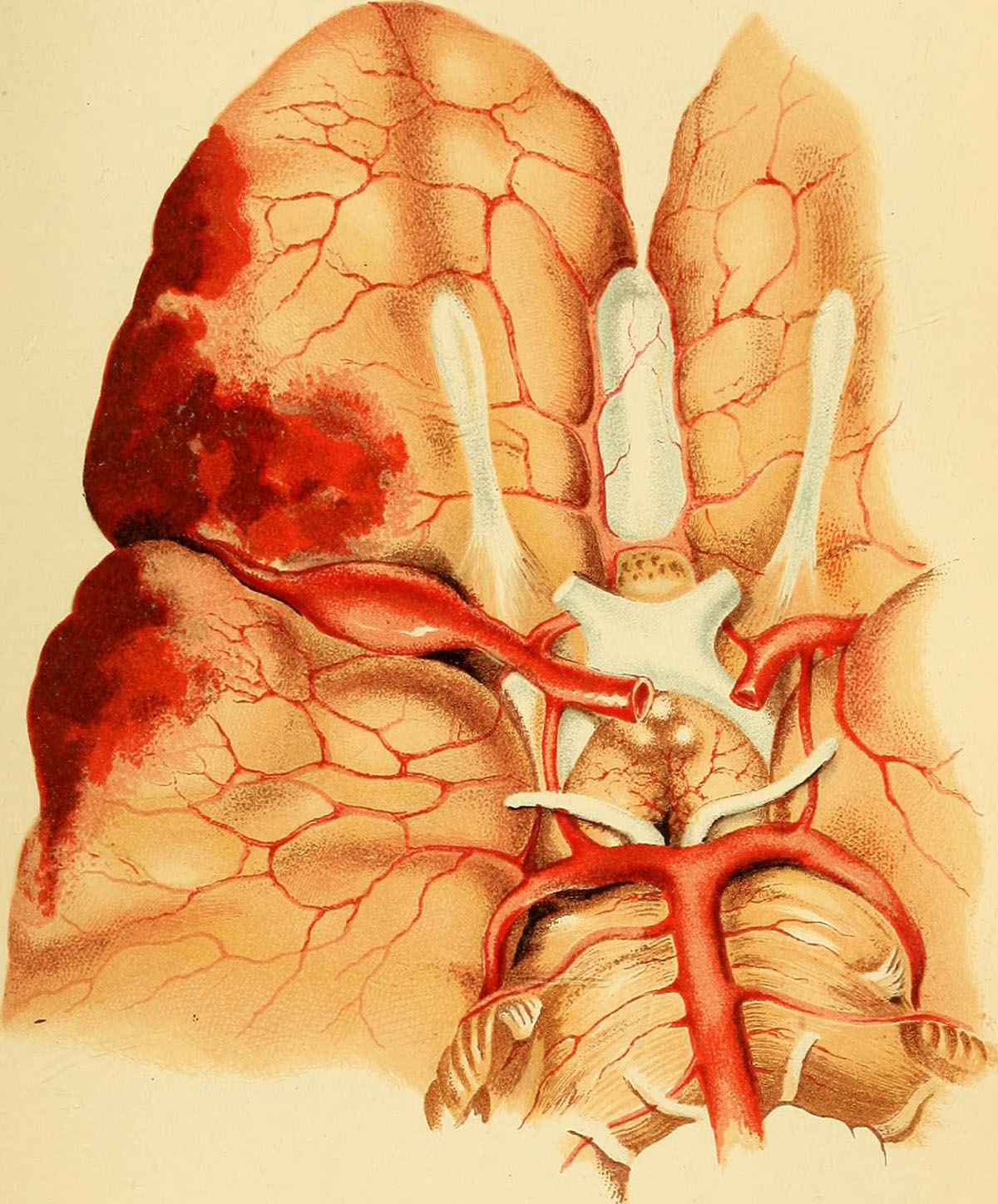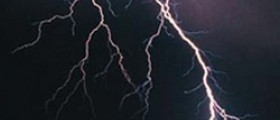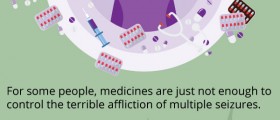
What is Juvenile Absence Epilepsy?
Its specific features and distinct EEG images characterize juvenile absence epilepsy. The disorder was first distinguished around the 1950s, and was officially classified as juvenile absence epilepsy under the broader category of idiopathic generalized epilepsies and syndromes with age-related onset towards the end of the 20th century. The first signs and symptoms are usually noticed during the early teenage years in otherwise healthy individuals. Juvenile absence epilepsy affects both boys and girls equally. Given that the symptoms are relatively mild and the frequency of the disorder fairly low, juvenile absence epilepsy often goes without proper diagnosis and treatment until more serious, or tonic-clonic seizures, start to occur. The intensity of absences, or mild types of seizures, in childhood and juvenile absence epilepsy do not differ significantly, but the former usually occur on a daily basis while the latter are more scattered over a longer period of time. On the other hand, the generalized tonic-clonic seizures are more frequent in juvenile than childhood absence epilepsy. One of the proposed explanations for such a difference is the lack of diagnoses or detection of the patients with absence only epilepsy. The generalized tonic-clonic seizures usually occur in the morning while only a small number of people experience them at night or at random times.Symptoms of Epilepsy in Children
Signs and symptoms of epilepsy are repeated seizures with different frequencies and intensities. There are close to 40 different types of seizures and the way in which they affect the child depends on the area of the brain where they occur. Although it is not uncommon for one individual to experience different types of seizures, most people follow a consistent pattern of symptoms. Depending on where in the brain the seizures take place they can either be partial or generalized. The partial seizures only affect a small area while the generalized seizures take place all over the brain. Under the broader category of partial seizures there are two distinct subtypes of simple partial and complex partial seizures. The simple partial seizures allow the child to stay conscious during a fit while during the complex partial seizures the person is likely to faint and have little or no recollection of what happened. The signs and symptoms of simple partial seizures include a change in the visual and audio perception of stimuli, déjà vu feelings, tingling sensation in the arms and legs, sudden intense emotions, twitching in one side of the body, and stiffness of muscles. The symptoms of a complex partial seizure differ significantly. They include rubbing of hands, moving the arms around, making strange noises, picking at clothes, adopting strange postures, as well as chewing or swallowing. It is estimated that about 2 out of 10 epilepsy seizures are the complex partial seizures.Additional Types of Epilepsy
Another distinct type of epilepsy is the generalized seizure during which the person goes completely unconscious. There are 6 subtypes of the generalized seizures including absences, myoclonic jerks, clonic, atonic, tonic, tonic-clonic, auras, and status epilepticus seizures. The absences mostly affect children and lead to the loss of consciousness for up to 20 seconds. There will be no recollection of the experience during which the child is likely to stare vacantly into space or smack the lips. The absences can occur a couple of times per day and although not dangerous can seriously affect the child’s performance at school or during extracurricular activities. The jerking or twitching in the arms, legs, and upper body characterizes the myoclonic jerks. Such types of seizures only last for a fraction of a second during which the person remains conscious. The myoclonic jerks usually occur within the first couple of waking hours. The twitching from the clonic seizure is similar to that of the myoclonic jerks but lasts a little longer and may lead to fainting. The atonic seizures cause the muscles to suddenly relax and the person may fall down to the ground. Injuries, especially to the face, are common for this type of seizure. On the other hand, the tonic seizures cause all the muscles to stiffen, leading to the loss of balance and injuries. The tonic-clonic type of seizure is the most common, affecting over 60 percent of epileptic individuals. Muscle stiffness, twitching, fainting, and bladder voiding characterize tonic-clonic seizures. The fits can last for a few minutes or even longer. Most people who experience seizures do get some kind of warning signs or auras, which are in and of themselves simple partial seizures. The symptoms of auras are very similar to those of the simple partial seizures, too. The warning signs usually allow enough time for the affected individual to alert the others around that a seizure is coming. Finally, the status epilepticus seizures can last more than 30 minutes. The person is unconscious and requires immediate medical attention.
















Your thoughts on this
Loading...